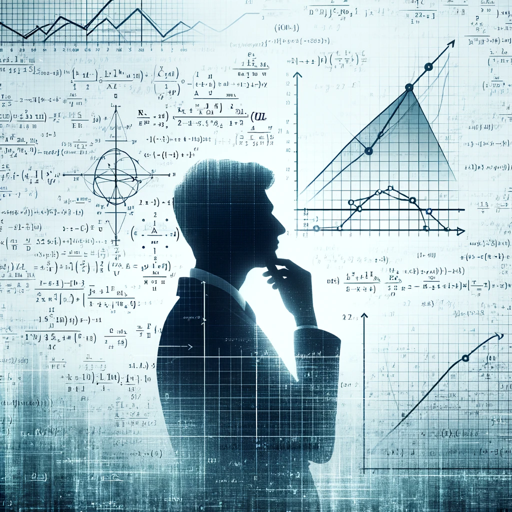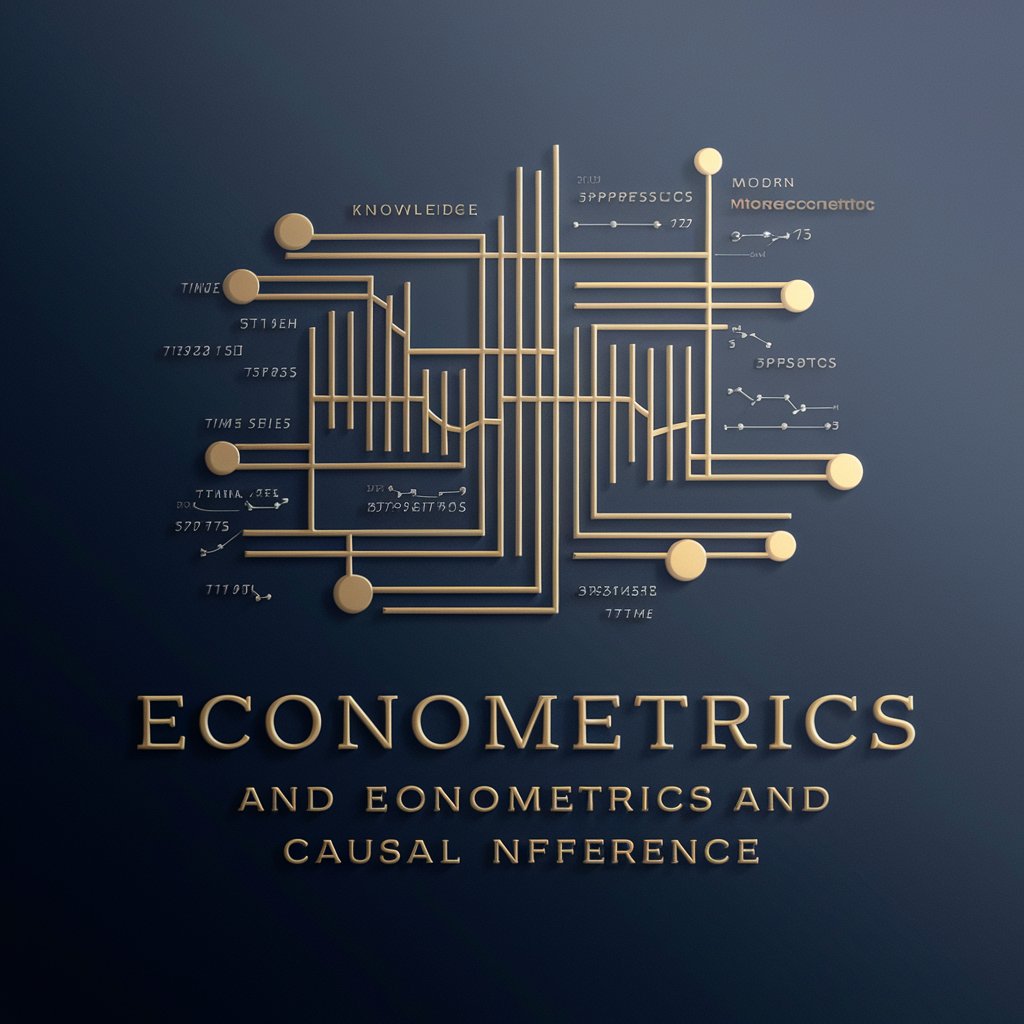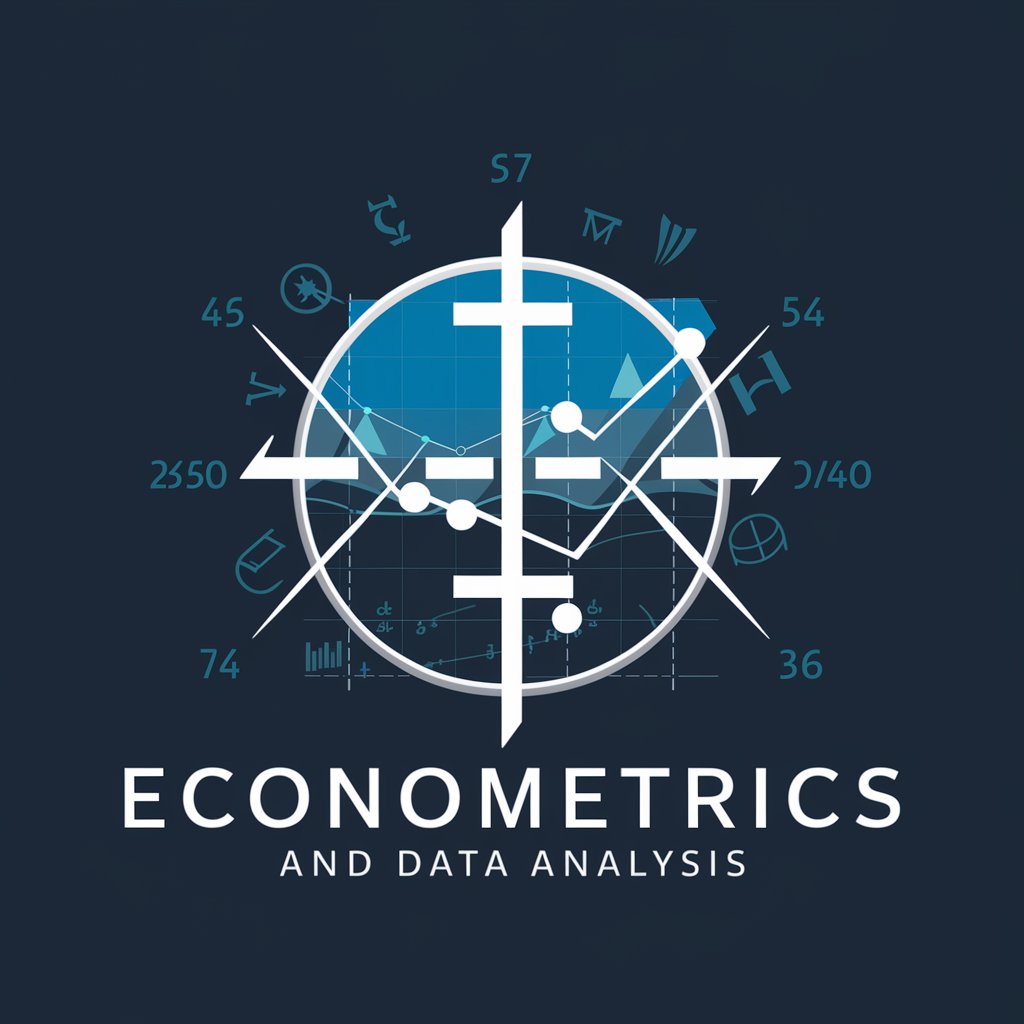
Econometrics - econometrics analysis tools and models

Hello! I'm here to provide expert econometrics assistance, drawing on a deep understanding of our key documents. How can I help you today?
AI-powered econometrics for accurate data analysis
In a multivariate regression, how do you find the values of each coeffiecent?
Need help with an econometric concept from the slides?
How can I assist you with Stata or data analysis today?
Looking for insights on causal inference in econometrics?
Get Embed Code
Introduction to Econometrics
Econometrics is a field that combines economics, mathematics, and statistical methods to analyze and interpret economic data. Its primary function is to test economic theories, model relationships between variables, and forecast future economic trends. The purpose of econometrics is to provide empirical evidence for hypotheses in economics by quantifying relationships between variables, such as consumption and income or inflation and unemployment. For example, if an economist wants to understand the impact of education on wages, econometrics can help establish a quantitative link between years of education and income. Econometrics is designed to evaluate whether this relationship is statistically significant or if it could have occurred by chance. Powered by ChatGPT-4o。

Main Functions of Econometrics
Hypothesis Testing
Example
Testing whether an increase in minimum wage affects unemployment rates.
Scenario
Econometric models can help test the hypothesis that a 10% rise in the minimum wage will lead to a 2% increase in unemployment. By using real-world data on wages and unemployment, econometric tools can statistically verify or reject this hypothesis.
Estimation of Economic Parameters
Example
Estimating the elasticity of demand for a product.
Scenario
If a firm wants to understand how a change in price will impact sales, econometrics can estimate the price elasticity of demand by analyzing historical price and sales data. The results help the firm adjust its pricing strategy to maximize profits.
Forecasting
Example
Predicting future GDP growth based on historical data.
Scenario
By developing econometric models based on past trends in GDP, inflation, and interest rates, econometricians can forecast the future growth rate of the economy. These forecasts are used by governments and financial institutions for decision-making.
Policy Evaluation
Example
Evaluating the impact of government healthcare spending on public health outcomes.
Scenario
Econometrics helps assess whether increased healthcare spending leads to improved health outcomes such as lower mortality rates or higher life expectancy. It isolates the effect of healthcare spending from other factors influencing health outcomes, such as lifestyle or education.
Causal Inference
Example
Determining if better education leads to higher earnings.
Scenario
By employing econometric techniques such as instrumental variables, it is possible to make causal statements about the relationship between education and income. This helps policymakers understand if investing in education will significantly impact economic growth.
Ideal Users of Econometric Services
Economists and Researchers
Economists rely on econometric methods to validate theoretical models and generate empirical insights. Researchers in academia and think tanks use econometric analysis to study diverse topics, such as labor markets, education, and environmental economics. Econometrics enables them to move from abstract theories to quantifiable outcomes.
Government Policymakers
Policymakers use econometrics to assess the impact of government policies, such as tax reforms, subsidies, or social programs. Through econometric evaluations, they can determine whether a policy achieves its intended goals and make informed decisions based on data-driven insights.
Businesses and Financial Institutions
Businesses use econometric models to forecast market demand, optimize pricing strategies, and evaluate the financial viability of new investments. Financial institutions leverage econometrics for risk assessment, portfolio management, and economic forecasting, enabling them to navigate uncertain market conditions.
Consultants and Analysts
Consultants and analysts apply econometric tools to provide actionable insights for their clients. Whether it’s evaluating the performance of a marketing campaign or assessing the economic impact of an industry regulation, econometric analysis provides a solid empirical foundation for decision-making.
Non-Governmental Organizations (NGOs)
NGOs that work on social, environmental, and development issues use econometrics to measure the effectiveness of their programs. For example, an NGO might assess the impact of a rural education program on literacy rates or the effects of clean water access on public health, using econometric methods to track progress and adjust strategies.

How to Use Econometrics
Visit yeschat.ai for a free trial without login, no need for ChatGPT Plus.
Begin by accessing the Econometrics tool on yeschat.ai, which offers a free trial without requiring login or a ChatGPT Plus subscription.
Prepare your data
Ensure you have clean and organized data relevant to your research question or problem. This might include variables such as income, education, or employment data.
Choose the appropriate econometric model
Select the model that best suits your data and research goals, such as OLS, IV, or Difference-in-Differences, depending on the nature of your data and hypothesis.
Conduct the analysis
Input your data into the Econometrics tool, configure the model parameters, and run the analysis to generate results, including coefficients, standard errors, and significance levels.
Interpret and validate results
Carefully interpret the outputs, checking for consistency with economic theory and ensuring that assumptions hold. Validate results by testing robustness using different specifications or models.
Try other advanced and practical GPTs
Remotobot Devschile
Empowering Your Chilean Remote Work Experience

Chemistry Companion
Empowering chemistry learning with AI

Devil's Advocate
AI-powered Realistic Business Feedback

STEM Tutor
Empowering STEM learning with AI

Bible Encourager
Find Solace in Scripture, Powered by AI

Fabio Cantone
Transform your code with AI power
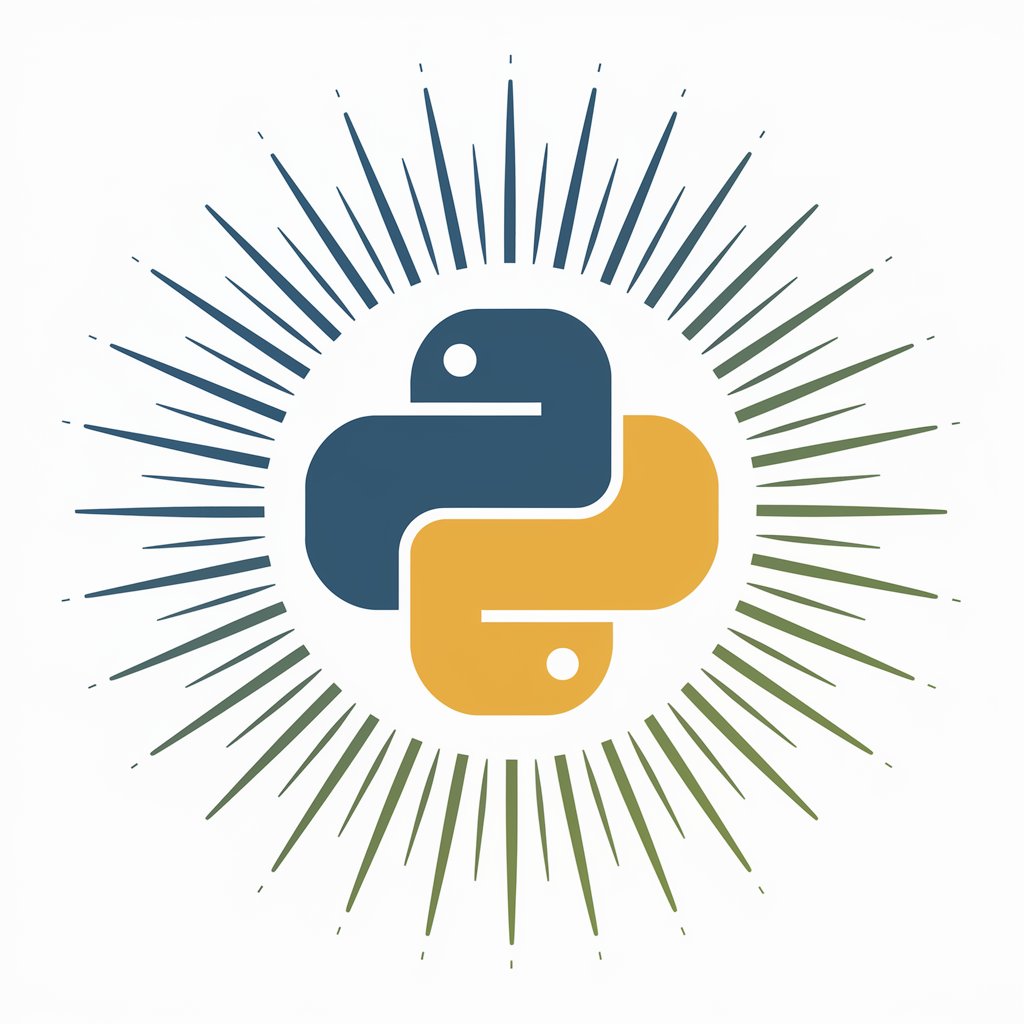
Stellar Guide
Illuminate Your Life with AI-Powered Astrology

FuelMyFitness
Optimize your diet, power your fitness.

IOS Creator
Empowering iOS Development with AI

ModuleGPT
Harness AI to Power Every Project
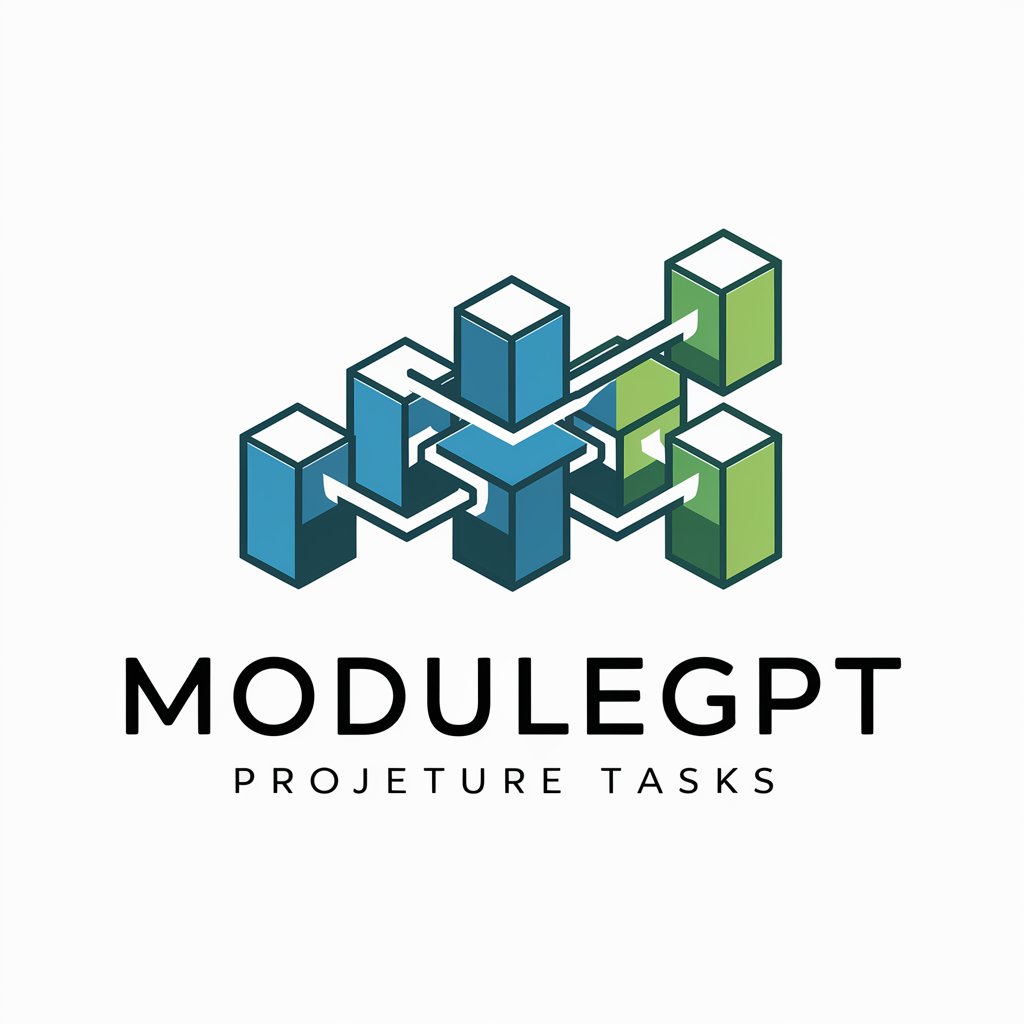
GPT Starcitizen
Strategic Edge in Star Citizen

CODE BULBA
Refining AI with Human Insight

Common Questions about Econometrics
What is Econometrics used for?
Econometrics is used to quantify relationships between economic variables, test hypotheses, and forecast future trends. It's commonly applied in research, policy analysis, and business decision-making.
How does one choose the right econometric model?
Choosing the right model depends on the research question, data type, and underlying assumptions. Models like OLS are good for simple linear relationships, while IV models are used when dealing with endogeneity.
What is the difference between OLS and IV estimation?
OLS assumes that explanatory variables are uncorrelated with the error term, while IV estimation is used when this assumption is violated, often due to endogeneity. IV helps in obtaining unbiased estimators.
How can I check if my econometric model is reliable?
Model reliability can be checked through diagnostic tests such as checking residuals for normality, testing for multicollinearity, and ensuring that the model's assumptions hold true.
What is the significance of p-values in econometrics?
P-values indicate the probability that the observed results occurred by chance. In econometrics, a low p-value (typically < 0.05) suggests that the variable is statistically significant and the null hypothesis can be rejected.


